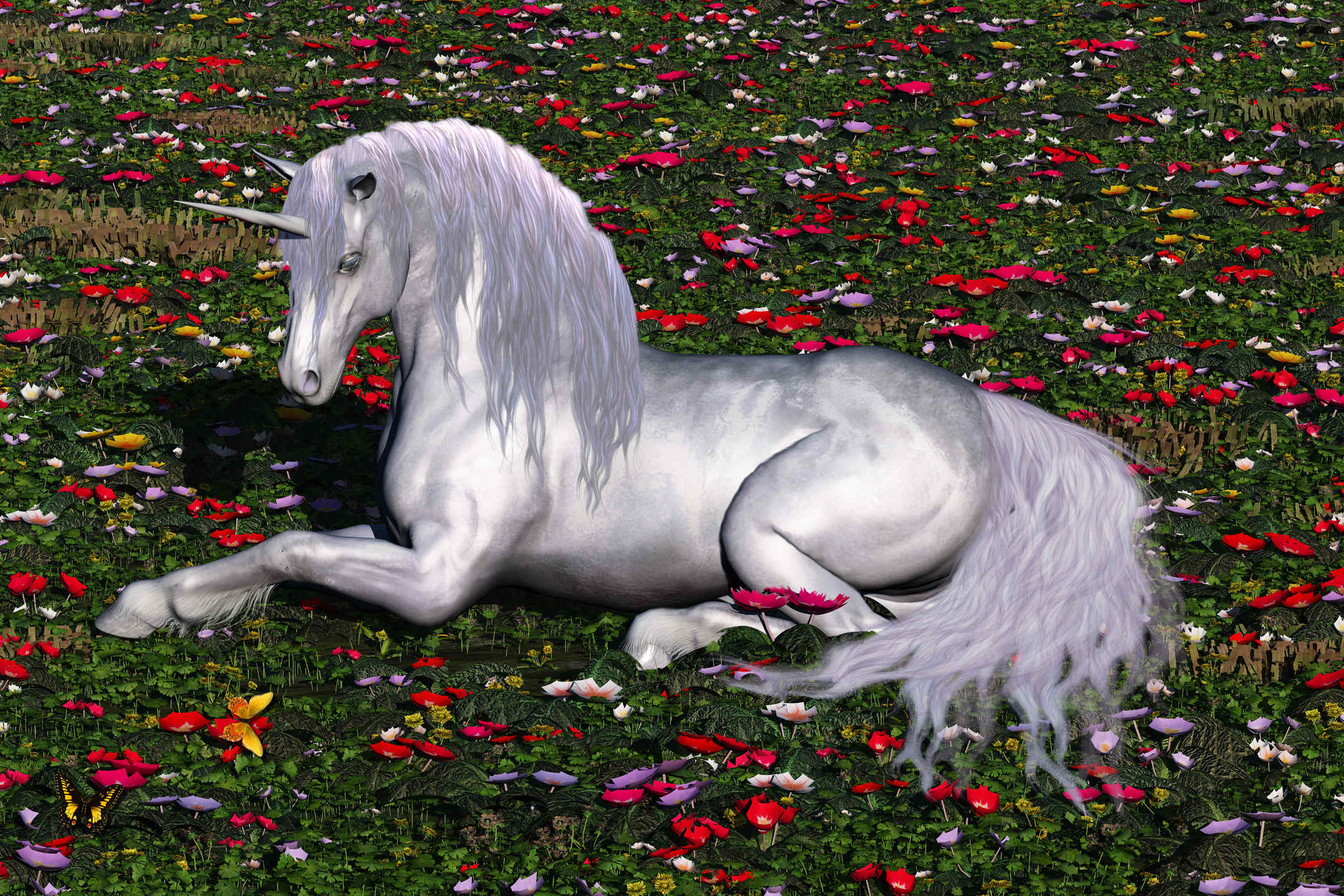The fascinating unicorn has become an emblem of freedom, hope and positivity.
It has captivated the fancy of humans for eons. But where did this mythical creature come from?
Install MyStart Theme for Google Chrome
The unicorn is a fabled animal that closely resembles a horse with a horn on its head. Figures strikingly familiar to the unicorn were found in the artwork of early Mesopotamia. It is even referred to in ancient myths of India and China.
The Earliest Mention of the Unicorn
The earliest mention of the Unicorn can be cited to the Greek historian and physician, Ctesias. He was the first to write about this creature. His description of the unicorn described the animal with a horse like body, white in color, with a single horn on its head. It is deciphered from Ctesias’s description that the image closely resembled to or stemmed from the image of the Indian Rhinoceros, which is kind of odd, considering Ctesias never visited India! It was also believed that whoever drank from this creature’s horn was to be protected from a host of diseases and infections like stomach problems, epilepsy and poisoning.

Biblical Reference
There are certain poetical passages in the Bible that talk of this majestic creature, the unicorn. They don’t actually refer to it as that, but the description closely coincides with this animal. The Bible refers to a strong, splendid, horned animal called Re’em. While some versions directly translate this word to unicorn, modern translations prefer ‘wild ox.’
The mention of the unicorn has several symbolic interpretations. An interpretation in Physiologus describes the unicorn as a strong and fierce animal that can only be caught if a virgin maiden appears before it. The unicorn then leaps towards the virgin maiden and she suckles him to the King’s palace. Some writers created a correlation between the unicorn and Christ, who dwelt in the womb of Virgin Mary.

What Does the Unicorn Represent?
Over time, unicorns became emblems of life and joy in many different cultures. They had a certain purity, so the mere sighting of this creature was to bring good luck and good fortune. It was believed that these creatures were shy, elusive and so pure that only the chastest would be able to see them. It would shy away from the rest. Their association with purity and chastity has its roots in the Bible, as described above.
Since unicorns are actually just mythical creatures, people came to reason that they could transition between two different worlds. They said that this animal could transcend boundaries and would cross over into another realm – that’s how it would disappear.

Unicorns came to be known as wild and free creatures, found only in the depths of forests and jungles. Even today, they are commonly known as symbols of freedom because of their inability to be confined and captured, unless at the hands of a virgin and chaste soul if we go by Biblical interpretations.
Here are some of the things that Unicorns symbolize:
- Purity
- Innocence
- Pride
- Healing
- Freedom
- Hope
- Positivity
- Joy
- Intelligence
- Virility
The Magical Horn
If we see images of unicorns, the one thing that separates them from horses is the majestic horn. This horn was believed to have healing, restorative powers. There were common stories, based on conjecture, of course, that touching the unicorn’s horn would bring good fortune.
In the past, many swindlers would paint use Rhinoceros or Narwhal horns and sell them at high prices, claiming they belong to unicorns! The wealthy paid high sums of money for them in an attempt to tilt luck in their favor.
Over the years, the mystery and magic surrounding the glorious unicorn increased and it became a staple in many fables. It was said that the unicorn’s mane was used in healing potions. In fact, in the wildly popular Harry Potter series, unicorn hair was one of the three wand cores and unicorn blood could prolong life.

The Unicorn-Ray of Hope
Today, unicorns are literally everywhere! While they don’t actually exist, this mythical creature has managed to hold its own for centuries. It is still used as a ray of hope and positivity in many fables and stories for children. As time passes, the fascination and mystery around this stunning creature continue to grow!
Install MyStart Theme for Google Chrome










